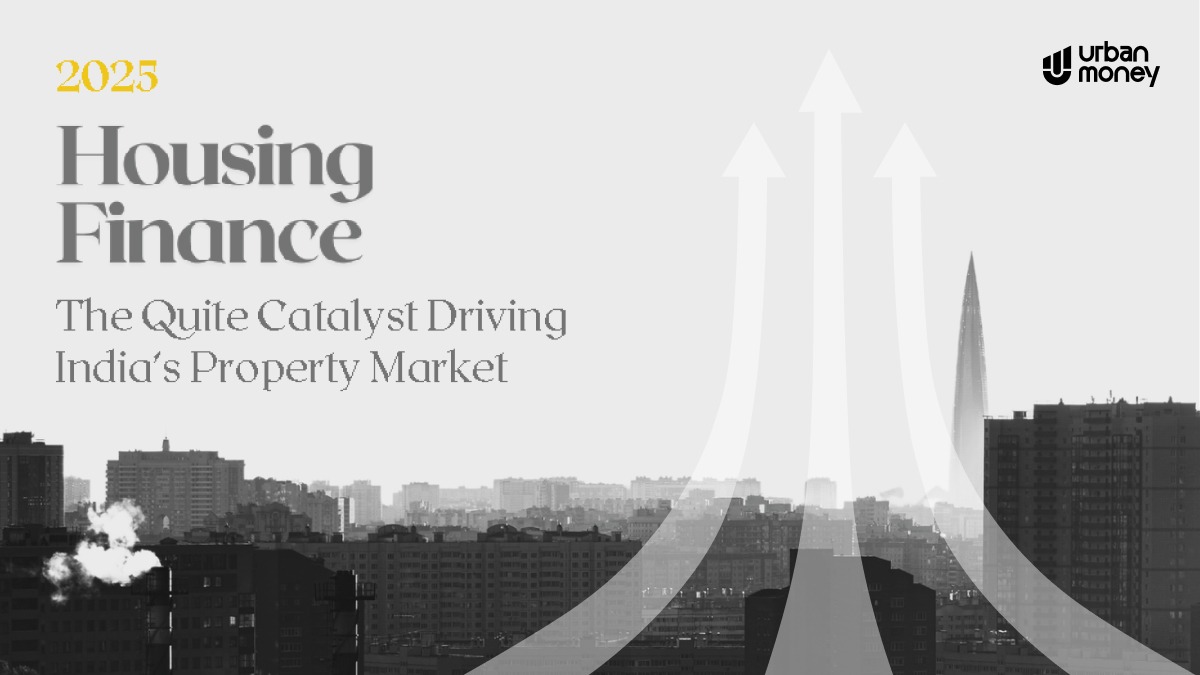India’s real estate story is fast becoming the heartbeat of its economic rise. With the economy projected to grow 6.3% in 2025 and cities already driving over 60% of national output, the urban housing boom is shaping the next phase of growth. Valued at USD 200 billion in 2021 and on track to touch USD 1 trillion by 2030, the sector’s momentum is powered by homeownership and a strong post-pandemic revival. Residential transactions have jumped 77% since FY2019, reflecting growing confidence, rising incomes, and evolving aspirations. And as affordability tightens, housing finance is stepping up as the key enabler—turning dreams of ownership into the foundation of India’s urban transformation.
At its core, housing finance bridges the gap between aspiration and ownership, helping individuals buy or build homes. India’s ecosystem includes formal players like banks, HFCs, and NBFCs regulated by the RBI, and an informal sector still active in smaller towns. While banks lead with reach, HFCs and NBFCs cater to niche and self-employed borrowers. From PMAY-backed affordable buyers to premium home seekers, financing options span every segment. With fintech innovations digitising loan approvals and expanding access, housing finance is fast becoming the backbone of India’s homeownership story.
India’s housing finance sector has grown fivefold in a decade — from ₹6 lakh crore in FY2015 to ₹33 lakh crore in FY2025, with its share of total bank credit doubling to 17%, per RBI data. Driven by urbanisation, rising incomes, and government initiatives like Housing for All, the segment is projected to reach ₹70–75 lakh crore by FY2030. While banks lead with transparent, repo-linked rates, HFCs continue serving niche borrowers. The rise of fintech and PropTech has transformed home loans into a fully digital, faster, and more accessible experience — setting the stage for the next era of growth in India’s housing finance ecosystem.
Housing finance has become a cornerstone of India’s economic engine—driving capital formation, boosting allied industries, and enabling inclusive growth. Yet, with mortgage penetration at just 12% of GDP compared to 47% in the U.S. and 61% in the U.K., the sector holds immense untapped potential. Outstanding home loans have already grown fivefold to ₹33 lakh crore, and are projected to reach ₹70–75 lakh crore by FY2030, supported by strong demand, rapid urbanisation, and fintech-led innovation. As digital infrastructure deepens and access widens, addressing challenges like informal income documentation and regional disparities will be key. With the right balance of innovation and regulation, India’s housing finance sector is poised to evolve into a more inclusive, resilient, and transformative force for the nation’s economic future.
Explore the full findings below in our report:





